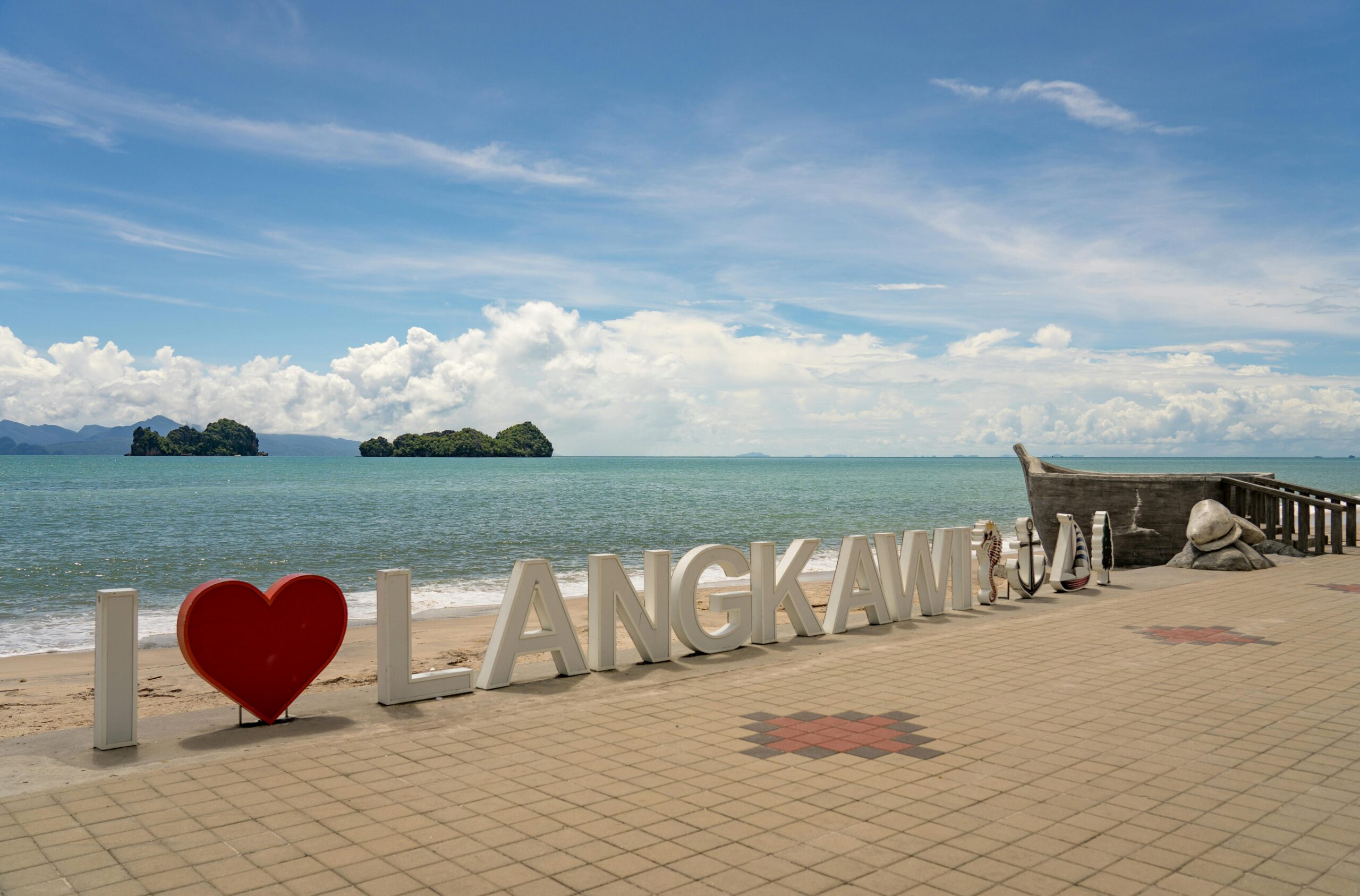Discovering Langkawi: Malaysia’s Tropical Jewel
Nestled in the Andaman Sea, Langkawi is an archipelago of 99 islands renowned for its pristine beaches, lush rainforests, and rich cultural tapestry. A UNESCO Global Geopark since 2007, this Malaysian paradise blends natural wonders with myth and history, offering travelers a unique escape. From the dramatic limestone cliffs of Kilim Karst Geoforest Park to the vibrant legends of cursed princesses and warrior giants, Langkawi captivates with its stories as much as its scenery. Whether you’re an adventure seeker, a nature enthusiast, or a culture buff, the island promises an immersive experience. This article delves into Langkawi’s geological marvels, cultural heritage, eco-tourism initiatives, and hidden gems, revealing why it remains a must-visit destination in Southeast Asia.
Geological Marvels and Natural Beauty
Langkawi’s landscape is a testament to 550 million years of Earth’s history. The Kilim Karst Geoforest Park showcases mangrove forests, hidden caves, and towering karst formations, while the iconic Sky Bridge offers panoramic views of Machincang Cambrian Geoforest. The island’s beaches, like Tanjung Rhu and Datai Bay, boast powdery sands and crystal-clear waters. Underwater, vibrant coral reefs thrive, particularly around Pulau Payar Marine Park. These geological treasures aren’t just visually stunning—they’re living classrooms for understanding biodiversity and ancient ecosystems.
Mythology and Cultural Heritage
Langkawi’s identity is steeped in folklore. The legend of Mahsuri, a woman wrongly accused of adultery whose curse supposedly plagued the island for seven generations, is central to local culture. Historical sites like the Mahsuri Mausoleum and the ancient Wat Koh Wanararm Buddhist temple reflect its multicultural roots. Traditional practices, such as wayang kulit (shadow puppetry) and batik crafting, persist in villages like Atma Alam. Even the island’s name—derived from the Malay words helang (eagle) and kawi (reddish-brown)—hints at its storied past.
Sustainable Tourism and Eco-Adventures
Langkawi prioritizes eco-conscious travel. The Geopark’s strict conservation policies protect endangered species like the hornbill and mangrove pit viper. Visitors can kayak through mangrove swamps, join guided bird-watching tours, or stay in eco-resorts powered by renewable energy. The island also promotes agro-tourism, with organic farms offering hands-on experiences in rubber tapping and rice harvesting. These initiatives ensure tourism supports local communities while preserving Langkawi’s fragile ecosystems.
Beyond the Beaten Path
While popular attractions draw crowds, Langkawi’s charm lies in its quieter corners. Explore the cascading Seven Wells Waterfall, hike through the rainforest to Gunung Raya’s summit, or visit the quaint fishing village of Kubang Badak. For foodies, night markets like Kuah Town’s pasar malam serve authentic Malay dishes, from nasi lemak to satay. Art lovers shouldn’t miss the Langkawi Art in Paradise 3D Museum, blending local artistry with interactive exhibits.
Conclusion: A Symphony of Nature and Culture
Langkawi is more than a tropical getaway—it’s a destination where geology, history, and sustainability converge. Its UNESCO-protected landscapes tell Earth’s ancient stories, while its folklore and traditions offer a window into Malaysia’s soul. By embracing eco-tourism, the island ensures its beauty endures for future generations. Whether you’re marveling at the Sky Bridge, savoring street food, or paddling through mangroves, Langkawi invites you to connect with its essence. As you leave, you’ll carry not just memories of sunsets and beaches, but an appreciation for a place where nature and humanity harmonize.
